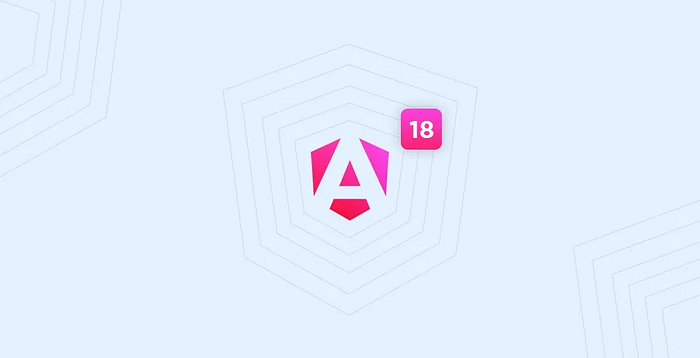Angular 18: The Game-Changing Features You’ve Been Waiting For
 Sarah R. Weiss
Sarah R. Weiss
Businesses strive to deliver impeccable user experiences with their web and mobile apps, but achieving this is challenging.
Only a few apps become widely popular due to user-friendly interfaces, robust performance, and intuitive accessibility. This is where Angular excels, continually evolving to meet market demands.
On May 22, the Angular team released Angular 18, packed with features and improvements to enhance performance and developer experience.
Let’s dive into what makes Angular 18 a game-changer.
Key Features and Enhancements in Angular 18
Zoneless Change Detection
Angular 18 introduces experimental APIs for zoneless change detection, eliminating the need for zone.js, which has posed challenges in performance and developer experience. Developers can now try this feature by adding provideExperimentalZonelessChangeDetection to the application bootstrap and removing zone.js from the polyfills in angular.json.
bootstrapApplication(App, {
providers: [
provideExperimentalZonelessChangeDetection()
]
});
Embracing zoneless change detection offers numerous advantages:
Improved micro-frontend composability and interoperability with other frameworks
Faster initial render and runtime performance
Reduced bundle size for quicker page loads
Clearer stack traces and simplified debugging
In Angular 18, components using signals trigger change detection only on specific updates, leading to a more efficient rendering process.
Coalescing by Default
In Angular 18, event coalescing is now enabled by default for new applications, reducing the number of change detection cycles and significantly improving performance. This applies to both zoneless apps and those using zone.js.
For existing projects, you can opt into event coalescing by configuring your NgZone provider in bootstrapApplication:
bootstrapApplication(App, {
providers: [
provideZoneChangeDetection({ eventCoalescing: true })
]
});
This setup enhances performance by minimizing redundant change detection cycles, making your application more efficient.
Material 3 is Now Stable
Angular 18 marks the stable release of Material 3, following months of feedback and refinement. The update also includes a revamped material.angular.io, featuring new Material 3 themes and updated documentation, enhancing both usability and aesthetic appeal for developers.
Deferrable Views are Now Stable
Deferrable views, which help improve Core Web Vitals, have reached stable status in Angular 18. Developers can now use this feature in their applications and libraries. One company reported a 50% reduction in bundle size for an app using @defer, showcasing the significant performance benefits.
Built-in Control Flow is Now Stable
Subscribe to my newsletter
Read articles from Sarah R. Weiss directly inside your inbox. Subscribe to the newsletter, and don't miss out.
Written by

Sarah R. Weiss
Sarah R. Weiss
I share insights on Software Development, Data Science, and Machine Learning services. Let's explore technology together!